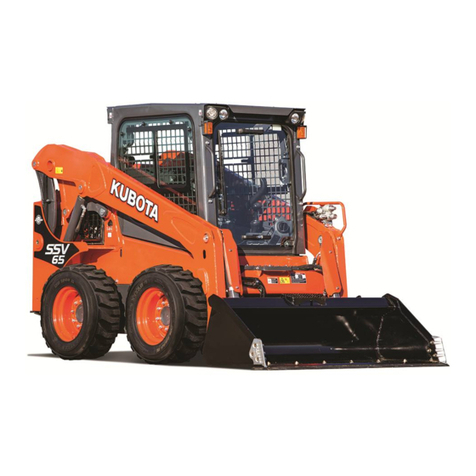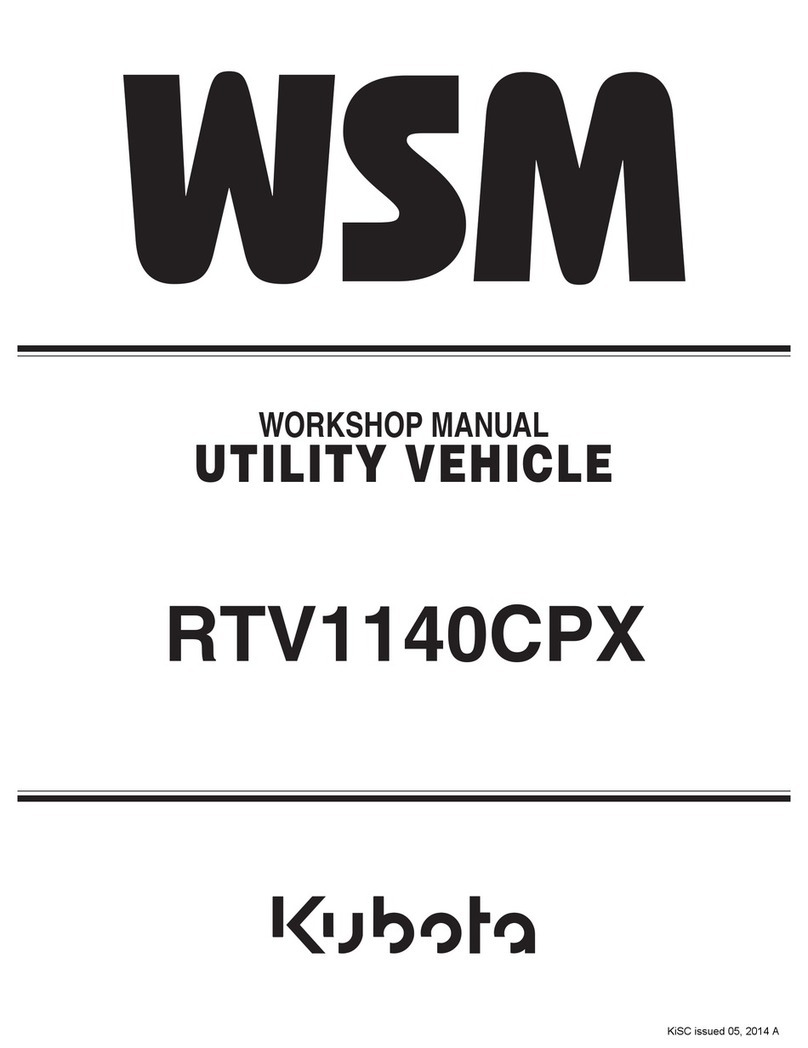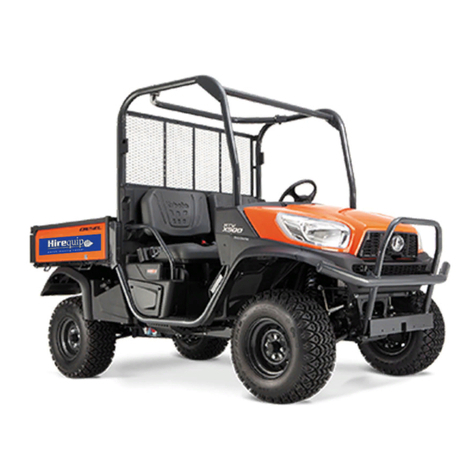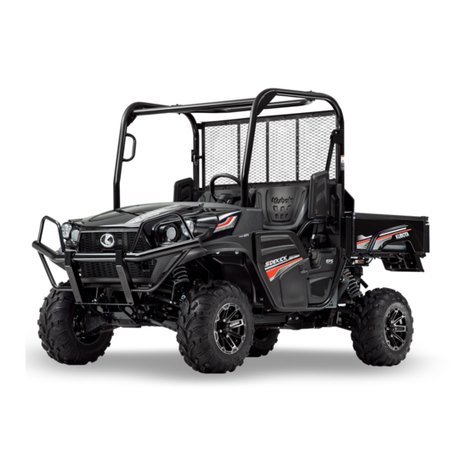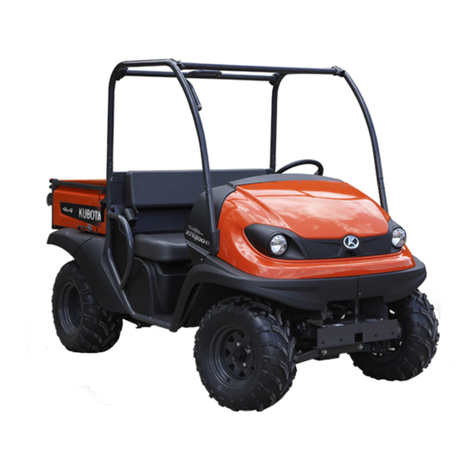
2. Checking engine start system ................................................................................................................... 61
EVERY 100 HOURS........................................................................................................................................... 61
1. Checking VHT neutral spring..................................................................................................................... 61
2. Checking wheel bolt torque ....................................................................................................................... 61
3. Cleaning air cleaner primary element........................................................................................................ 62
3.1 Cleaning evacuator valve................................................................................................................... 62
3.2 Cleaning primary element .................................................................................................................. 62
4. Cleaning pre cleaner element.................................................................................................................... 62
5. Adjusting alternator drive belt tension ....................................................................................................... 62
6. Checking carbon canister air filter ............................................................................................................. 63
7. Checking battery condition ........................................................................................................................ 64
7.1 Charging the battery........................................................................................................................... 64
7.2 Directions for battery storage ............................................................................................................. 65
8. Adjusting toe-in.......................................................................................................................................... 65
9. Cleaning spark arrester ............................................................................................................................. 65
EVERY 200 HOURS........................................................................................................................................... 66
1. Adjusting parking brake lever .................................................................................................................... 66
2. Replacing engine oil filter .......................................................................................................................... 66
3. Changing engine oil................................................................................................................................... 67
4. Cleaning radiator cooling fins .................................................................................................................... 68
5. Replacing transmission oil filter ................................................................................................................. 68
6. Checking spark plug condition and gap..................................................................................................... 69
7. Checking brake pedal................................................................................................................................ 70
8. Checking brake light switch ....................................................................................................................... 70
EVERY 300 HOURS........................................................................................................................................... 70
1. Checking tire.............................................................................................................................................. 70
EVERY 400 HOURS........................................................................................................................................... 71
1. Changing transmission oil ......................................................................................................................... 71
2. Changing front axle case oil ...................................................................................................................... 71
EVERY 500 HOURS........................................................................................................................................... 72
1. Checking engine timing belt ...................................................................................................................... 72
EVERY 1000 HOURS......................................................................................................................................... 72
1. Replacing engine timing belt ..................................................................................................................... 72
2. Adjusting engine valve clearance .............................................................................................................. 72
3. Cleaning engine combustion chamber ...................................................................................................... 72
EVERY 1000 HOURS OR EVERY 1 YEAR........................................................................................................ 72
1. Replacing air cleaner primary element and secondary element................................................................ 72
2. Replacing pre cleaner element.................................................................................................................. 72
EVERY 2000 HOURS OR EVERY 2 YEARS ..................................................................................................... 72
1. Flushing cooling system and changing coolant ......................................................................................... 72
2. Antifreeze .................................................................................................................................................. 73
EVERY 1 YEAR .................................................................................................................................................. 74
1. Checking fuel line ...................................................................................................................................... 74
2. Checking radiator hose and clamp ............................................................................................................ 75
3. Checking intake air line ............................................................................................................................. 76
4. Checking engine breather hose................................................................................................................. 76
5. Checking brake hose and pipe .................................................................................................................. 76
EVERY 2 YEARS................................................................................................................................................ 77
1. Changing brake fluid.................................................................................................................................. 77
2. Replacing fuel hose ................................................................................................................................... 77
EVERY 4 YEARS................................................................................................................................................ 77
1. Replacing radiator hose (water pipes)....................................................................................................... 77
2. Replacing engine breather hose................................................................................................................ 77
3. Replacing brake master cylinder (inner parts)........................................................................................... 77
4. Replacing intake air line ............................................................................................................................ 77
5. Replacing brake hose................................................................................................................................ 77
SERVICE AS REQUIRED................................................................................................................................... 78
1. Checking brake pad................................................................................................................................... 78

